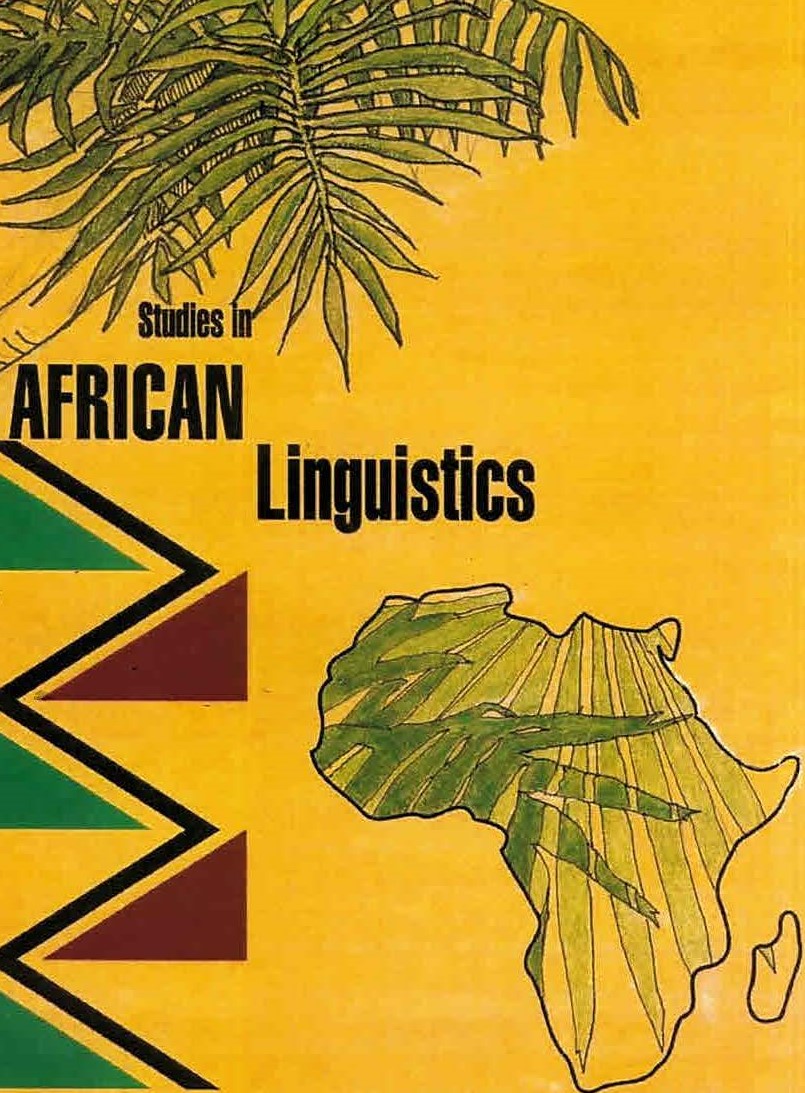The causative construction in Likpakpaanl (Konkomba)
DOI:
https://doi.org/10.32473/sal.52.1and2.132707Keywords:
causation, typology, Likpakpaanl, Konkomba, Gur, Mabia, Ghana, TogoAbstract
This article is a contribution to the cross-linguistic discussion on causation. It proceeds on the note that causation is a significant notion, both cognitively and grammatically. I make a case that the Mabia (Gur) languages of West Africa are severely under-represented in the literature on causation. I then focus on causation in Likpakpaanl, an under-researched Mabia language spoken in Ghana and Togo in West Africa. I further present data from thirteen other related West African languages for comparative purposes. Broadly speaking, Likpakpaanl deploys all the traditional causation strategies- lexical, morphological, serialising and analytic. However, the use of nasals, especially vowel nasality as a causativisers is novel and uniquely places Likpakpaanl among its linguistic relatives. The Likpakpaanl analytic causative marker chà has a functional scope for both factitive and permissive causatives. In a sense, the source of the specialised analytic causative marker in Likpakpaanl diverges from the oft-cited cross-linguistic source of analytic causative markers. The Likpakpaanl biclausal causative is the balanced structure and, therefore, aligns well with the biclausal causative structure described for the West African linguistic area, contra the deraked structure of Indo-European languages. A thorough investigation of the constellation of causatives in Mabia promises new insights into causative typology.
Downloads
Published
Versions
- 2024-04-30 (2)
- 2024-04-28 (1)
Issue
Section
License
Copyright (c) 2024 Kwesi Abraham Bisilki

This work is licensed under a Creative Commons Attribution-NonCommercial 4.0 International License.


